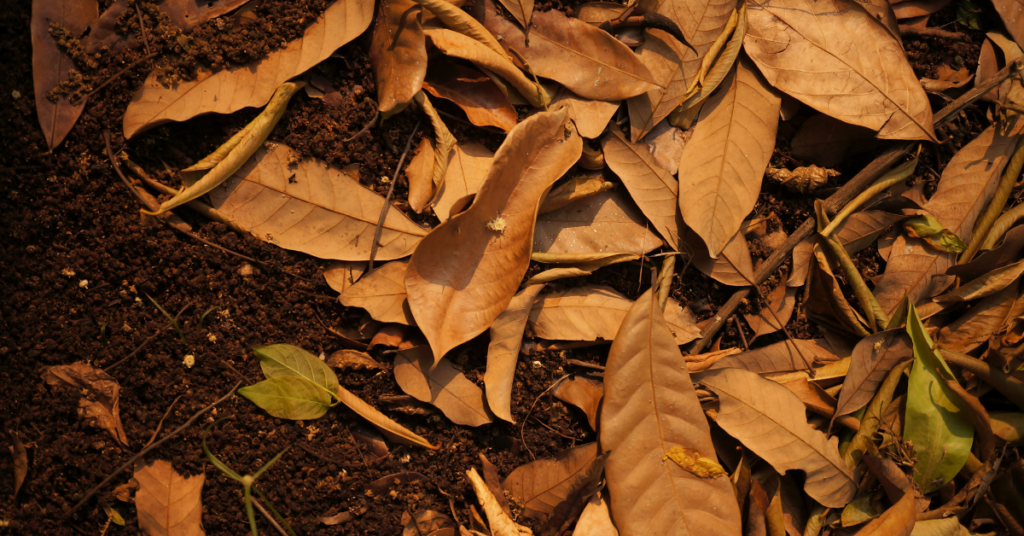How To Turn Your Leaves Into Compost For Spring Gardening

Intro
There are few sights more beautiful than a forest floor covered in the multicolored leaves of fall. And, for most people, it’s an event that only happens once a year, so you have to make the most of the time when it does happen. But just because your leaves can no longer be enjoyed as part of your landscape doesn’t mean they have to go to waste! All those leaves that are covering everything could actually become a valuable resource that will help you get ready for spring gardening. Unless you want to pay someone else to take care of leaf removal or spend many hours doing it yourself, then making compost out of them is really your only option if you want them gone quickly and cheaply. The good news is that making compost is easy and has many benefits for your garden. It’s also good for the environment because it puts something useful back into the ecosystem.
Steps
1) Gather up all of your leaves from around your yard, including the ones that have already fallen and the ones still stuck to the trees. You want a nice big pile to start with, so gather as much as you can find, even if it looks like more than you really need at first. Remember that once everything has dried out a little bit, you’ll be able to fit a lot more in there.
2) Get any sticks or other debris out of the way so that you don’t accidentally bury them in your compost bin or pile and then not be able to find them later. You don’t want to put anything in the compost that isn’t organic matter, so be thorough about it.
3) Mix your leaves with some garden soil (if you have any available). This will help balance out the pile a bit more and add some nutrients to the compost as well. If you don’t have any soil available, then make sure you’ve added enough dirt or sand to dilute your mixture a little more so that they’re not too compacted by all of the leaves. It’s also helpful if there are other types of organic materials mixed in like grass clippings or food scraps because this will speed up decomposition along with everything else.
4) Turn or mix your leaves and other materiel every few days so that they decompose more quickly. This is a bigger job than it sounds like at first and will take anywhere from 4-6 weeks, depending on your climate and the type of mix that you’ve used to create your compost.
5) When everything has started breaking down completely to dirt, then you’re ready to use it! You’ll have a finely sifted and nutrient rich soil substrate at this point which is perfect for starting seeds in or seeding new areas with wildflower mixes or grasses. It’s also great for incorporating into gardens or flower beds around your house as well.
Tips
* Use an old trash can or plastic tub with holes drilled into the bottom as your compost bin, or build one out of wood. If you make it from wood, then just leave the bottom open instead of drilling holes so that you can use it for storage as well.
* Make sure that your compost is getting enough air flow in order to help with decomposition and prevent rotting. One good way to do this is by putting a large wire fencing on top of and around your pile. This will allow rain to fall in, but will still let air circulate through the system.
* If you’re concerned that your compost won’t get enough heat, then save some of your piles leaves from this year so that you can use them next year to help speed things along. This will give you a quicker compost cycle that is even more organic and rich than if you started with just dirt.
Conclusion
We are now done with the tutorial on how to make compost using leaves. We hope you find it useful and interesting. Most people don’t know that they can use their fall leaves in this way, so if you have any questions or comments, feel free to leave them below! Let us know how your compost works out and what methods you used or if you would change anything. Thanks for reading!
